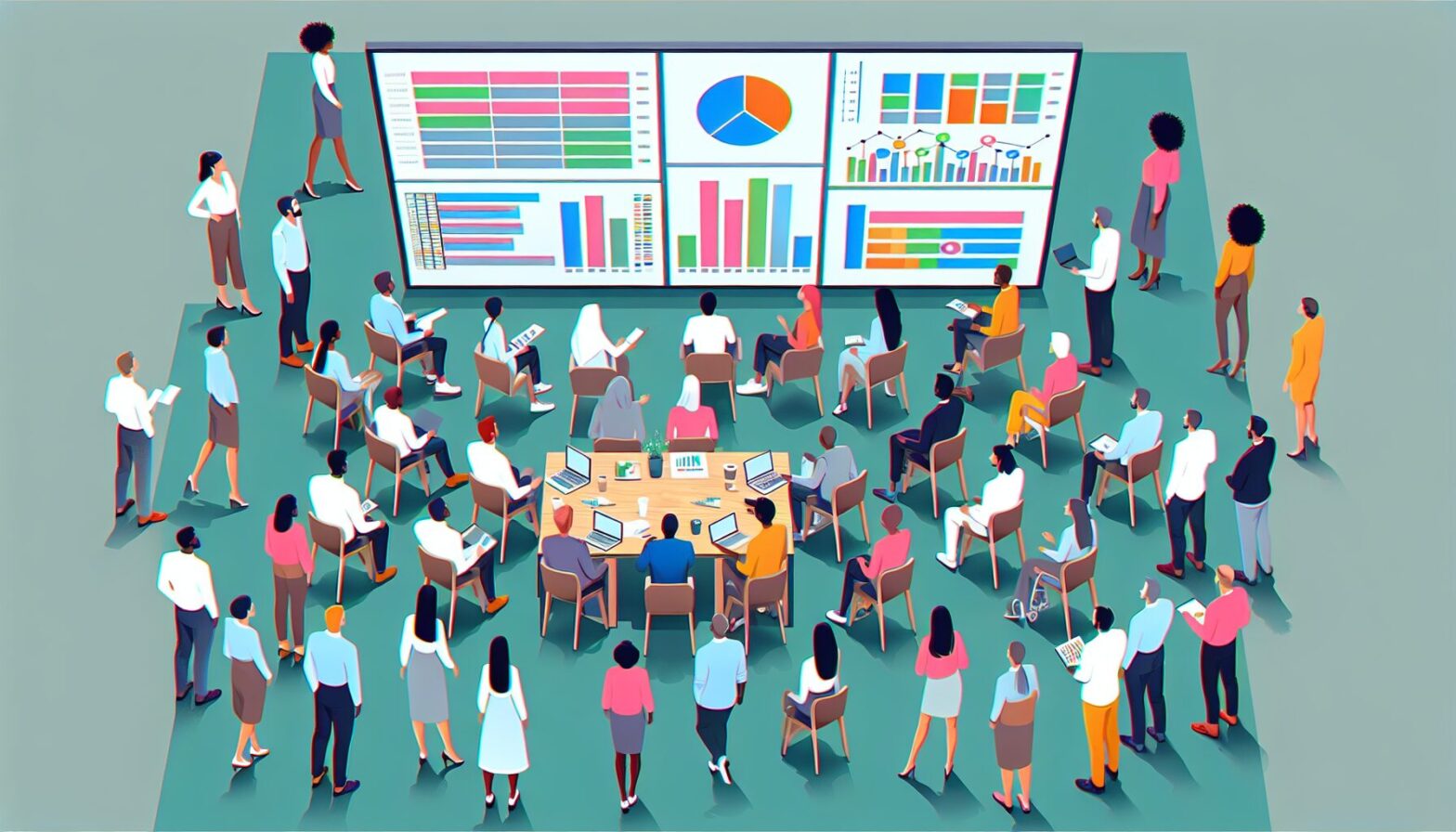Why Spreadsheets Are More Than Just Rows and Columns
At first glance, spreadsheets might seem like a mundane tool — endless grids of numbers and text, seemingly designed for accountants or data entry clerks. However, for many planners, project managers, and creative thinkers, spreadsheets are a playground of possibilities. They provide a flexible canvas where complex ideas can be mapped out visually and numerically, enabling a kind of strategic thinking that is both analytical and imaginative.
The excitement comes from the sheer control and clarity spreadsheets offer. Unlike other planning tools that might be rigid or overly simplistic, spreadsheets allow you to customise every element to your needs. You can build timelines, track budgets, set dependencies, and even create interactive dashboards. This adaptability means that whether you’re planning a family event, managing a corporate project, or organising personal finances, the spreadsheet can mould itself to your vision.
Moreover, spreadsheets inspire because they bring structure to chaos. When faced with a tangled web of tasks, deadlines, and resources, seeing everything laid out systematically can spark new insights. Patterns emerge, priorities become clear, and what once felt overwhelming turns into manageable steps. This transformation from complexity to clarity is often where the real joy of planning lies.
How Spreadsheets Empower Collaborative Planning
In today’s interconnected world, planning is rarely a solo endeavour. Spreadsheets shine as collaborative tools, especially with cloud-based platforms like Google Sheets or Microsoft Excel Online. Multiple stakeholders can work simultaneously, making updates in real time, leaving comments, and refining plans together — no matter where they are in the world.
This collaborative aspect adds an exciting dynamic to planning sessions. Instead of waiting for feedback or versions to be emailed back and forth, teams can brainstorm and iterate instantly. This accelerates decision-making and fosters a shared sense of ownership over the plan’s success. It’s inspiring to witness how a spreadsheet can serve as a digital meeting room, transforming abstract ideas into actionable strategies.
Additionally, the transparency that spreadsheets provide helps keep everyone aligned. When team members have access to the same information and can track progress against goals, misunderstandings decrease. This level of clarity builds trust and confidence within teams, ultimately enhancing productivity and morale.
Unlocking Creativity Through Formulae and Visualisation
One of the lesser-known joys of working with spreadsheets is the creative potential embedded in formulae and visualisation tools. Using formulas isn’t just about crunching numbers; it’s about constructing logical frameworks that automate decision-making and reveal trends. The ability to create dynamic models that respond instantly to changing inputs is both empowering and exhilarating.
Charts, graphs, and conditional formatting bring data to life, turning dry figures into compelling stories. Colour-coded schedules or heat maps can highlight bottlenecks or opportunities at a glance. This visual storytelling element engages different parts of the brain, helping planners not only understand the data but also communicate their vision more persuasively to others.
The blend of logic and artistry here is what truly excites those who delve deep into spreadsheet planning. It’s a reminder that effective planning isn’t just about discipline; it’s also about curiosity and creativity — qualities that spreadsheets help unleash.
The Future: Why Planning With Spreadsheets Will Continue to Inspire
As technology advances, spreadsheets are evolving beyond static tables into powerful platforms integrated with AI and automation tools. This evolution promises even greater excitement for planners by reducing repetitive tasks and offering predictive insights based on historical data.
Imagine a spreadsheet that not only tracks project milestones but suggests optimised schedules or flags potential risks before they materialise. Such innovations will empower planners to focus more on strategy and less on manual data handling. The future of planning with spreadsheets lies in this synergy between human intuition and machine efficiency.
In conclusion, while spreadsheets may seem unassuming at first glance, they are vibrant hubs of creativity, collaboration, and control. Their ability to transform complexity into clarity makes them indispensable tools for planners across all fields. The thrill of harnessing their full potential continues to inspire countless individuals every day.
Notes
- Over 750 million Microsoft Excel users worldwide demonstrate its pervasive role in planning and analysis.
- Cloud-based spreadsheet collaboration can reduce project turnaround times by up to 30%.
- 70% of project managers report increased productivity when using spreadsheets for scheduling and resource allocation.
